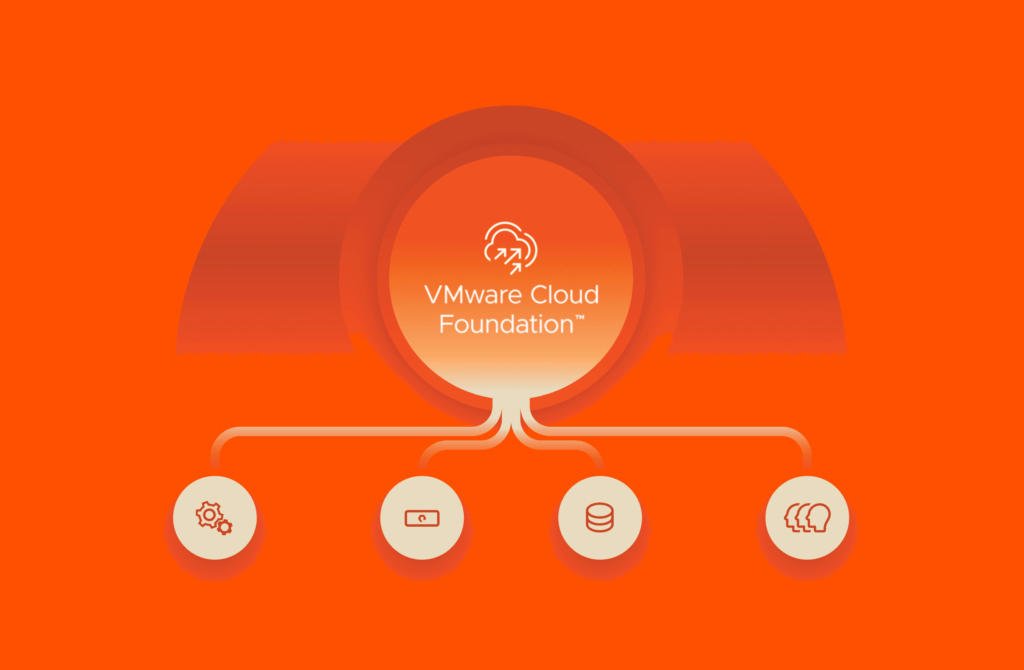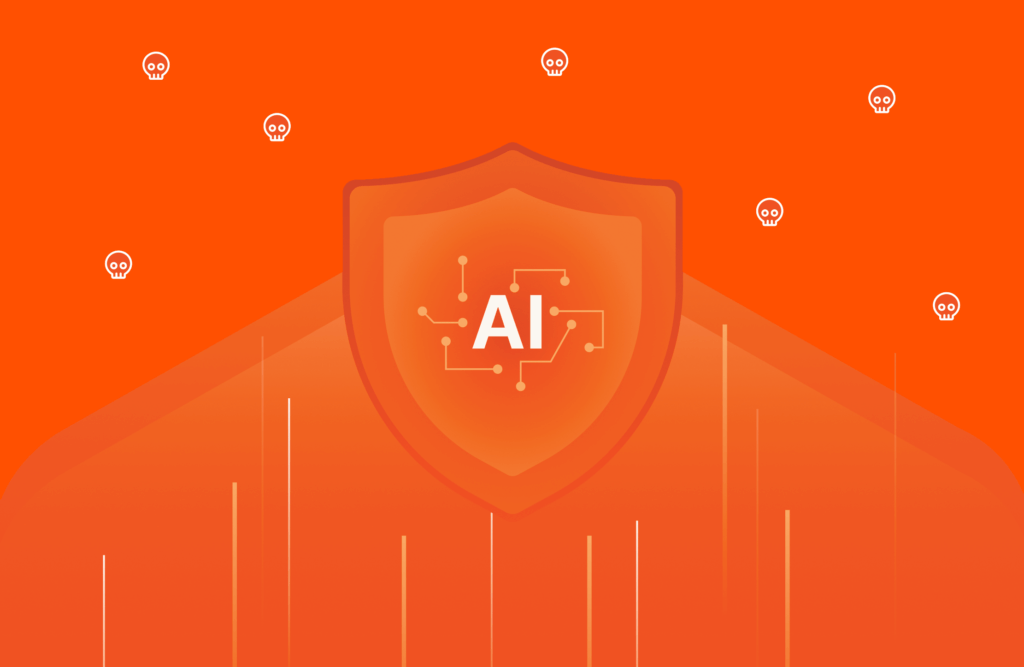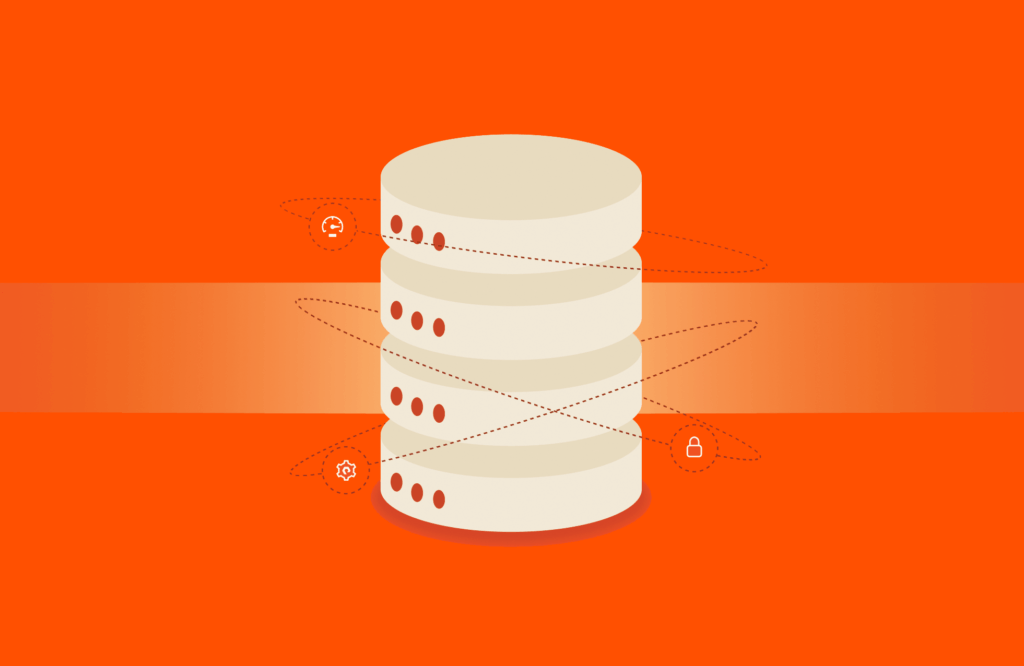Bitcoin mining has always been a profitability game, with earnings based on hashprices, transaction fees, the cost to mine, and the currency’s price itself. In recent months, new developments—in particular, ordinals, a new type of Bitcoin-backed NFT (geek out on this here)—are leading to a surge in transactions and transaction fees, and miners’ bottom lines.
This means busy rigs, busy data centers, and higher energy costs. What can these operations do to improve efficiency and benefit the bottom line?
What Is Cryptocurrency Mining?
Cryptocurrencies aren’t minted in the Federal Reserve—so where do they originate? Digital currencies are mined in a complex, super-competitive process that requires high-powered computers and energy from the global grid.
Everything crypto begins on the blockchain, the core technology of cryptocurrency and Web 3.0. A blockchain is a permanent, decentralized ledger that removes the need for oversight and centralized ownership, ensuring transparency. (Learn more about it in this article.) It’s possible thanks to a process in which computers compete with one another to solve cryptographic, mathematical equations.
These computers are called miners, and they’re not your average personal computer.
Many high-powered crypto mining rigs have advanced processing units that require more power. There’s no blockchain without these decentralized computers validating transactions, so to make it worth their while, a miner earns tokens or cryptocurrencies with real-world value every time a transaction is validated.
Take Bitcoin, for example. The Bitcoin network uses a proof-of-work (POW) mechanism, adding groups of transactions to the blockchain as blocks. If a new block is added to the Bitcoin ledger by a miner every 10 minutes and each block earns Bitcoins, mining can be worth a lot.
What Technology Is Used to Mine Currency?
Crypto mining requires more than a home computer or standard GPU. In fact, to be profitable, there’s a significant investment required, with no earnings guaranteed. Crypto mining rigs can include:
- Application-specific integrated circuits (ASICs), purpose-built, power-hungry computers manufactured just for mining. They produce a lot of heat, so they require a lot of cooling to stay operational.
- GPUs (graphics processing units), components added to computers to execute complex calculations.
- FPGA, hardware that enables a computer to run complex calculations 3–100 times faster than GPUs.
- Mining software
- Memory and data storage
- Cooling systems
All of the above make cryptocurrency mining a power-hungry operation. Factor in the competitive, always-on nature and you’d need to scale exponentially to enable concurrent processing. In the emerging case of “storage mining,” which leverages storage power over compute power, efficient storage could be a game-changer.
In short, to better your odds, the more power you’ll need. And, in some cases, the cost can outpace the reward.
What Is a Crypto Mining Farm?
Crypto mining farms are scaled-up mining operations that pool investors and equipment to both distribute those large costs and improve profitability as mechanisms grow more difficult to crack. This is by design: By requiring more compute power to validate transactions, attacking a network isn’t as worthwhile for would-be bad actors.
Massive facilities can multiply electricity use—sometimes not just for the farm but the surrounding community, as well. Many are making strides with renewable energy and offsetting, but the fact remains that it’s a new energy consumer in our world—one that would have been difficult to predict 20 years ago.
There will be more innovations in the future that demand more power and create more data, and we’ll need to stay ready.

The Innovation Race
Reducing Risk and Navigating the AI Frontier for Future Success
How Much Energy Does Crypto Mining Use?
You’ll see conflicting reports and numerous consumption indices for Bitcoin power demand, and it’s not without controversy. The important point is that mining exists, it’s still profitable, and there are ways to make it more sustainable. (This will be important as halving comes around again.)
It’s been said that some mining operations consume electricity at the rate of entire countries. In the United States, which hosts an estimated third of the crypto-asset operations in the world, 0.9% to 1.7% of national electricity usage can be attributed to mining operations¹. Those not using clean, renewable energy sources are often powered by local grids, which can have an impact on water use, air quality, and pollution from fossil fuel-powered electricity.
Improving efficiency in crypto mining farms won’t just be necessary to adhere to government regulations; offsetting energy costs in crypto mining farms is key to profitability. Let’s use the Bitcoin example again. If a bitcoin block is 1MB, a miner can confirm 1MB worth of transactions per block². If one transaction takes around 1,450 kWh to complete, adding a block would take the same amount of power required by the average household in the US for 50 days.
A White House Fact Sheet states:
“As of August 2022, published estimates of the total global electricity usage for crypto-assets are between 120 and 240 billion kilowatt-hours per year, a range that exceeds the total annual electricity usage of many individual countries, such as Argentina or Australia.”
This is equivalent to 0.4% to 0.9% of annual global electricity usage, and is comparable to the annual electricity usage of all conventional data centers in the world³.
As crypto mining operations continue to pop up with massive data centers, we know one thing: Efficient, affordable flash data storage will be a crucial investment.
What about Crypto Mining and Data Storage?
Data storage is a component of any mining operation, and not all data storage is created equal. Affordable, traditional disk-based storage is less efficient than flash and has a shorter lifespan, exacerbating the issue of electronic waste as a mining byproduct. Storage needs to be durable, efficient, and reliable for the long term to offset this, and disk is not up to the task.
That’s not all. A new, emerging blockchain type—storage mining—uses storage space as its currency, rather than compute power. This will make efficient, scalable data storage an even more critical asset.
What Is Storage Mining?
“Storage mining” is when miners are eligible based on proven storage power and capacity. If they have the storage capacity to dedicate, they can become a node on the blockchain network and receive rewards.
It’s still experimental, but Filecoin.io represents an early iteration. This open source, cloud storage marketplace is based on a blockchain that requires dedicated, proven storage from its miners. It’s an interesting one to watch and a great use case for sufficient, efficient underlying storage technology to both be eligible to participate and to reduce the environmental impact.
How Can Crypto Mining Become More Energy Efficient?
Some digital currency data centers are working to improve power utilization, such as the one operated by Coinmint, which provides co-lo services to third-party digital currency miners. With 435MW of transformer capacity, the farm has access to hydroelectric and wind power. And the energy efficiency of mining equipment has been increasing, too.
Other less energy-intensive crypto-asset ledger technologies exist, such as proof-of-stake over proof-of-work, which could reduce power usage to less than 1% of today’s levels. It’s behind Ethereum’s move toward increased efficiency. But it doesn’t necessarily solve for the energy usage of hardware in the data center.
The White House recommends certain standards for crypto-asset technologies to be more environmentally responsible, including:
- Very low energy intensity
- Low water usage
- Low noise generation
These are all characteristics that were engineered into Pure Storage technology from the ground up.
Pure Storage® FlashBlade//E™: Efficient, Affordable All-flash Data Storage
For complex and power-hungry data repositories, disk used to be the only viable, affordable option. But now FlashBlade//E offers a powerful, affordable alternative that blows disk out of the water, offering:
- One-fifth the space and power
- 60% lower operational cost of legacy
- 40% lower TCO over six years, and acquisition costs comparable to disk—under 20 cents per GB raw*
- 85% less e-waste
- 10x-20x the reliability
It’s scalable, powerful, and built to last. If every data center were powered by Pure, the technologies of tomorrow would be less threat and more opportunity.
Learn more about how to build the foundation for a green data operation with FlashBlade//E.
*Compared to similarly configured disk-based systems
¹https://www.foley.com/en/insights/publications/2022/12/bitcoin-crypto-assets-energy-sector#:~:text=The%20United%20States%20is%20estimated,adversely%20impact%20the%20electric%20grid
²https://support.bitpay.com/hc/en-us/articles/115004439366-Why-is-my-recommended-bitcoin-miner-fee-so-high-
³https://www.whitehouse.gov/ostp/news-updates/2022/09/08/fact-sheet-climate-and-energy-implications-of-crypto-assets-in-the-united-states/#:~:text=As%20of%20August%202022%2C%20published,such%20as%20Argentina%20or%20Australia.
Written By:
A Greener Data Operation
Save energy, space, and money with affordable, all-flash unstructured data storage.






